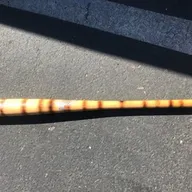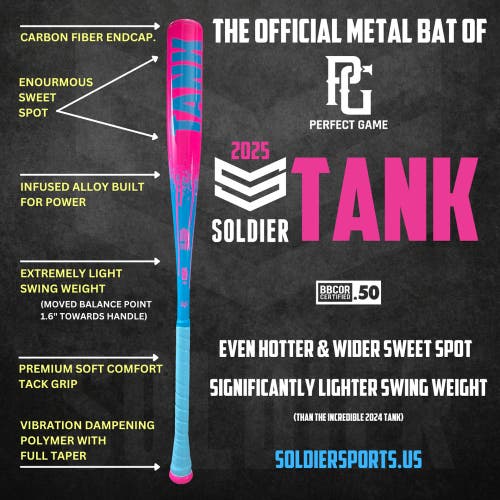Popular Baseball Bat Models
See more Popular Baseball Bat ModelsTrending Bat Listings
See more
jakescherrer
IMMACULATE - 2024 DeMarini Voodoo One BBCOR Certified Bat (-3) Alloy 29 oz 32" (Used)
$130
Retail price: $400
Jlgchenderson
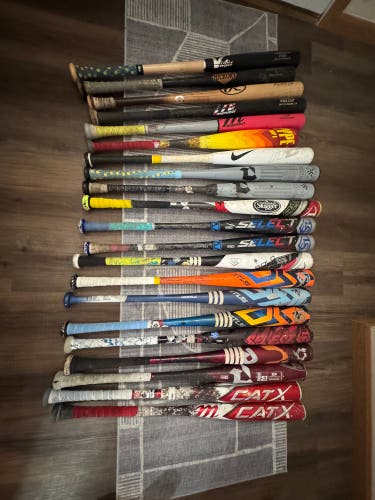
Gaitheraidan

larrydmartinez7

Diego_Palomo09
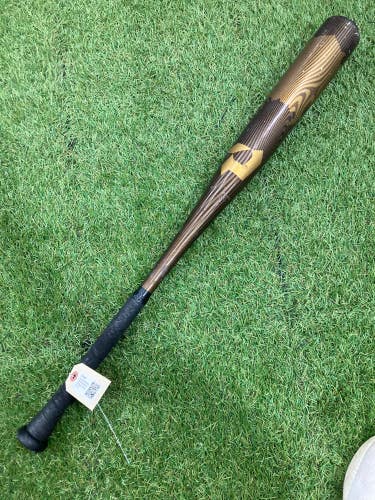
EmpireSports

MMATT152

CCamer967
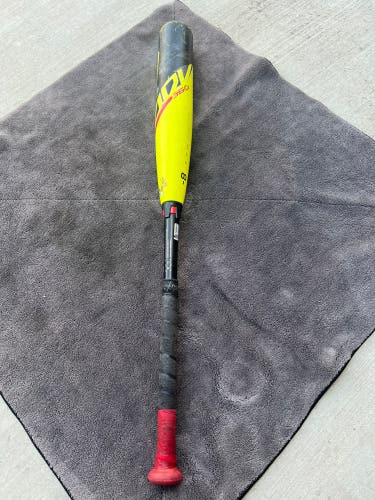
Bats4steve

KyeL7

Ethan_James
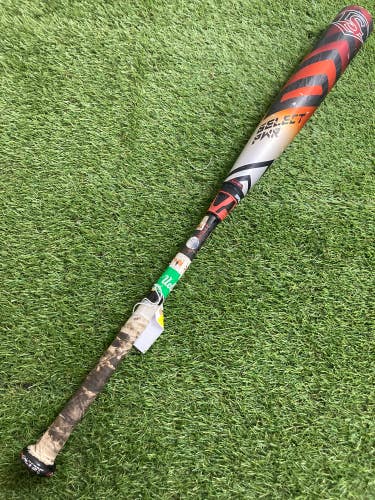
sportsxchange
Shop by Bat Certification
46 Results
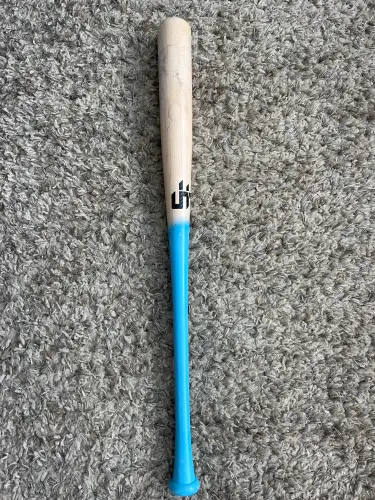
LKleinhenz

steve6clark

steve6clark
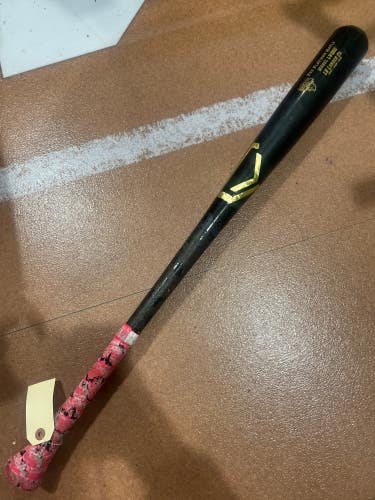
GrittySport

baseballbatsss

aedanpalmer

dextergarcia1

chinawhyte33
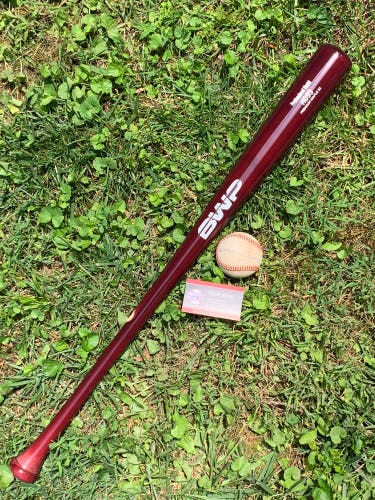
Edds19

BigheadsBats

Gaseous_Clay_
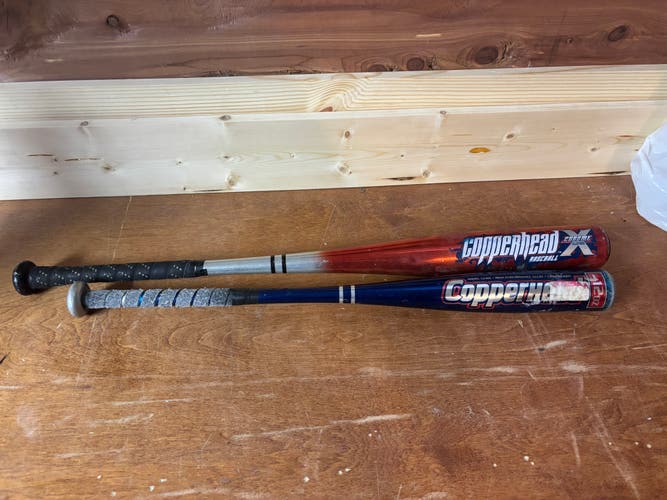
AndrewKiersztyn

ColeKesner
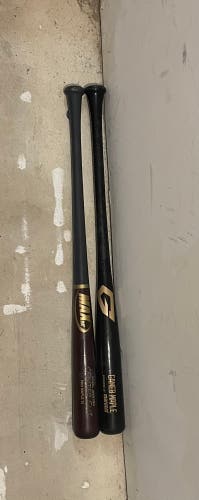
Tullynuts

Armaclin

Baseball365
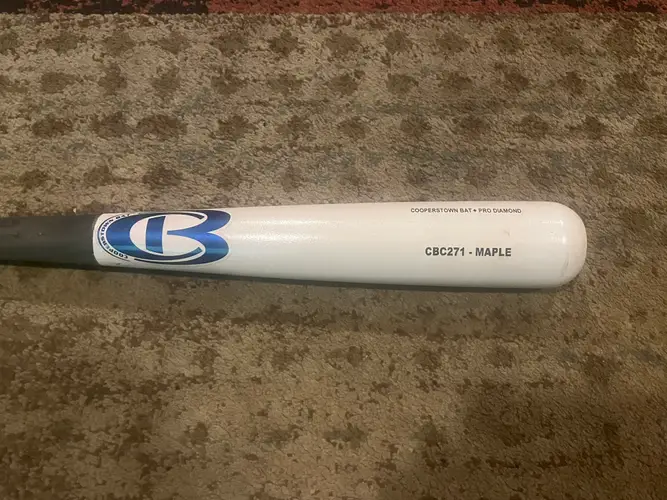
Baseball365
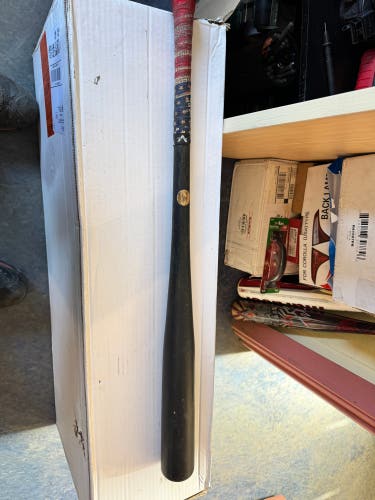
asbufano
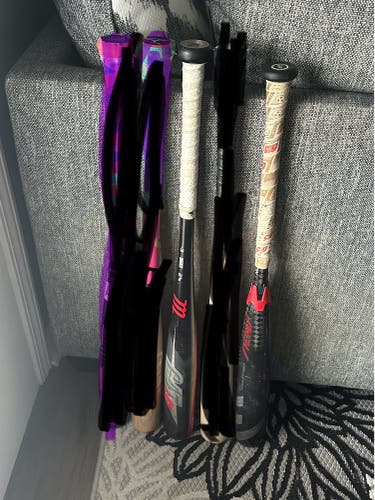
Ayecay47
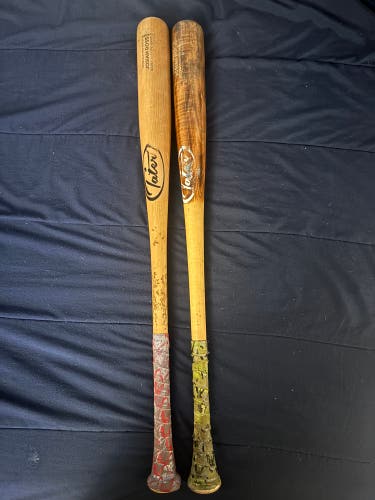
JosiahJRoss
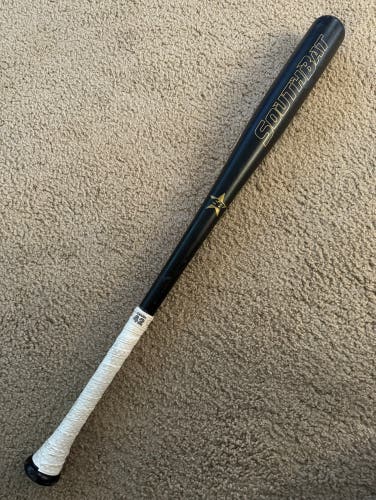
Xmann4242
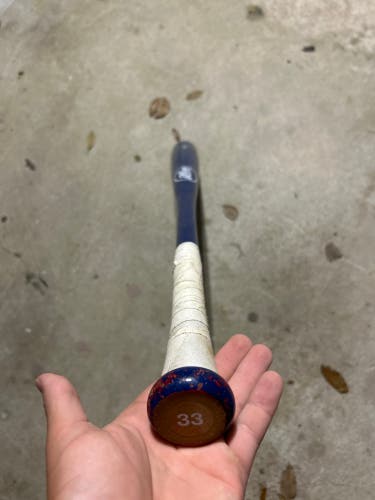
Pearson23
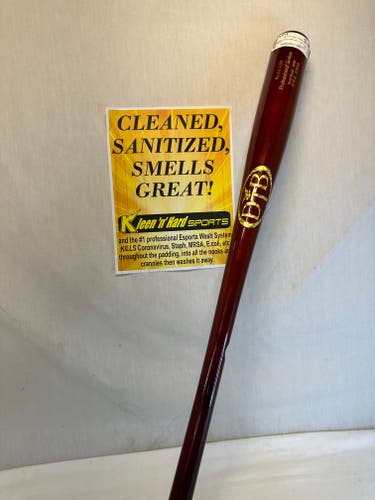
KleenNHardSport
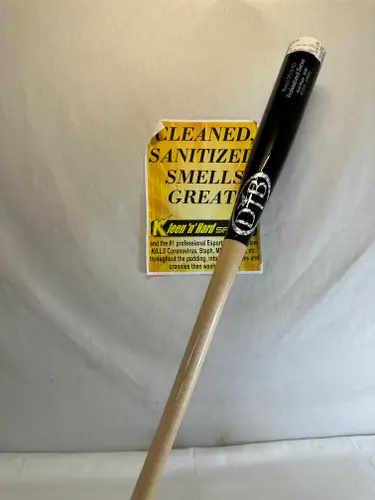
KleenNHardSport
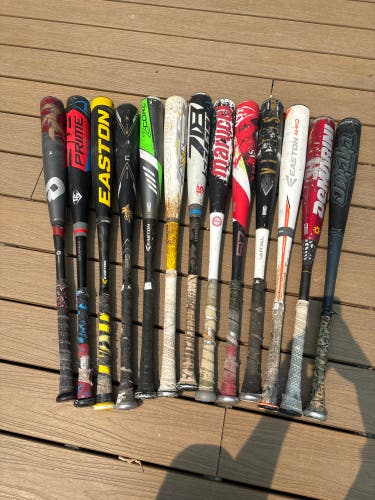
Alexhirai
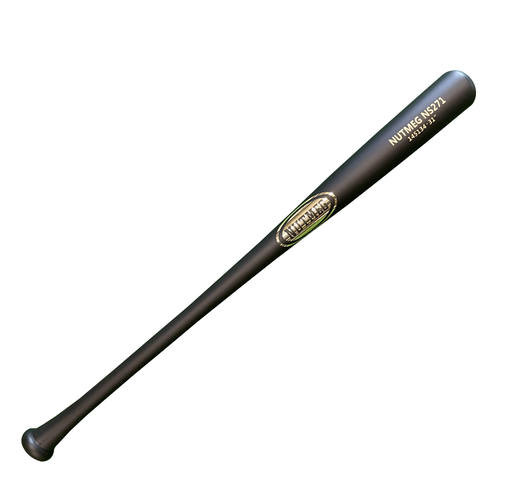
Nutmeg
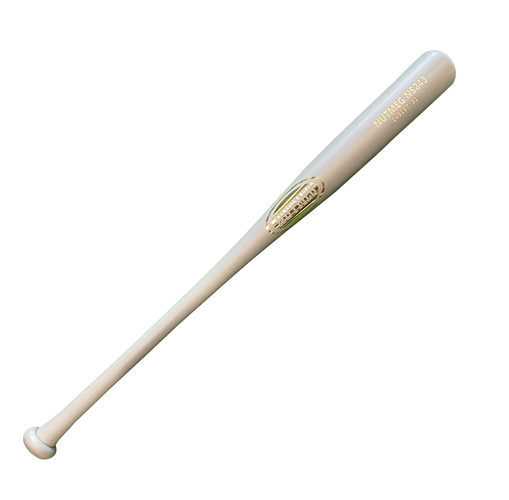
Nutmeg
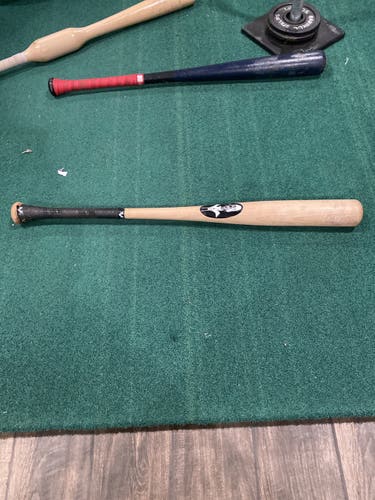
Jillclawson
Related Articles
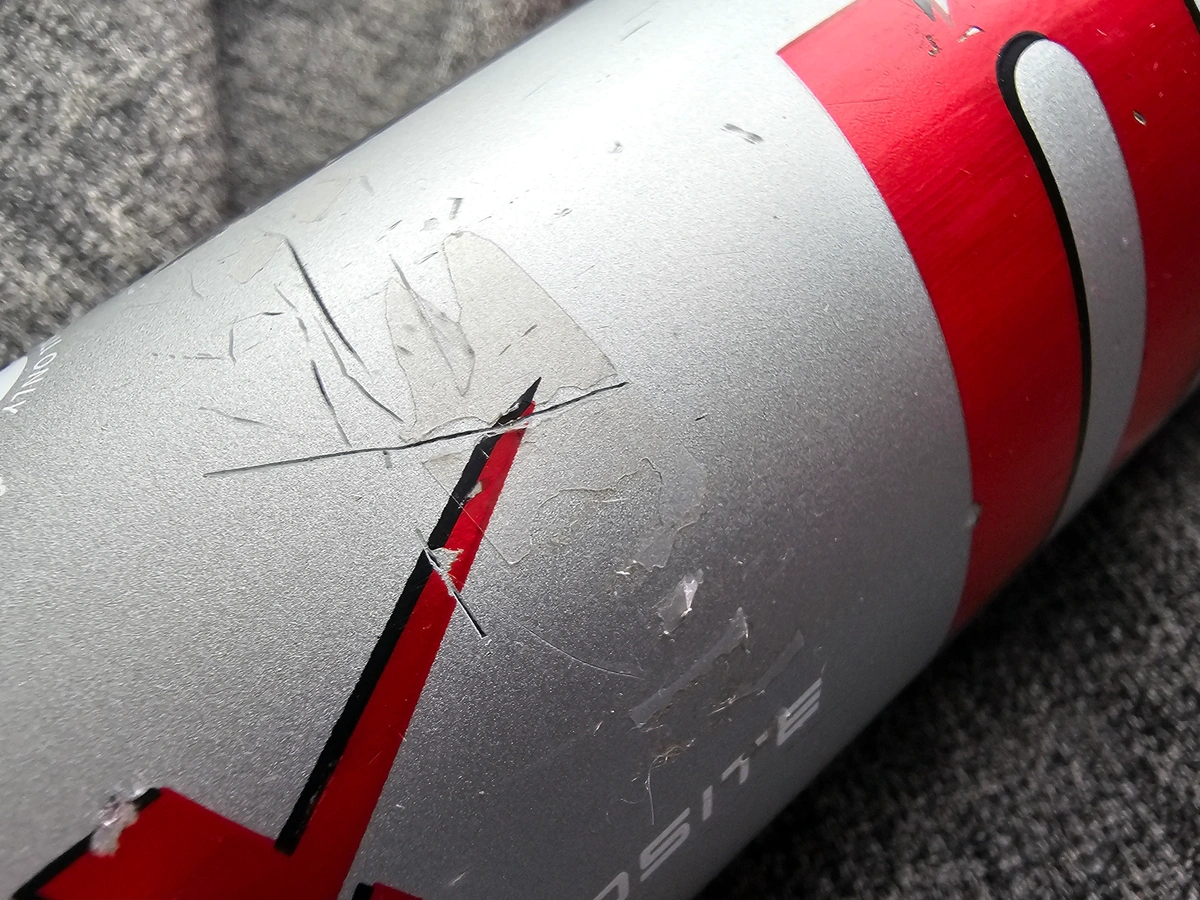
Signs You Need to Replace Your Baseball Bat
A trusty bat, perfectly balanced and broken in, allows you to unleash powerful hits with confidence. But even the most cherished bat can't last forever.
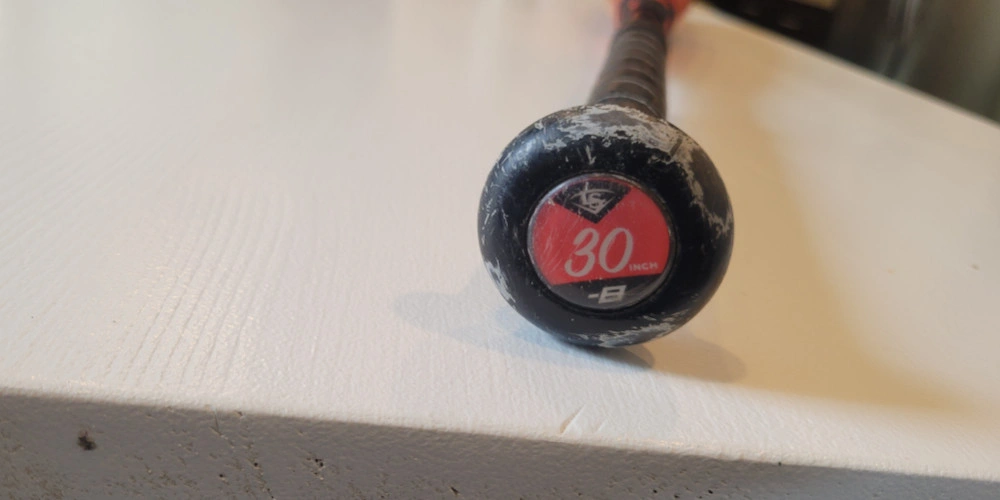
Buying a Used Baseball or Softball Bat
Looking to save big on used bats? Here's a brief checklist that our trade-in team uses to determine whether a used baseball or softball bat is worth buying.
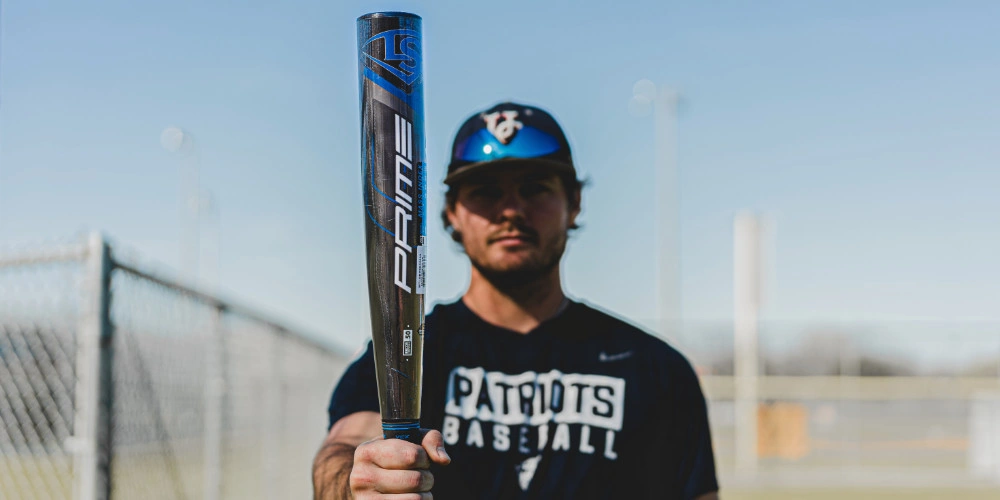
How to Ship A Baseball Bat
If you're looking to sell your bat, we've got a few tips to help you ship them safely.

